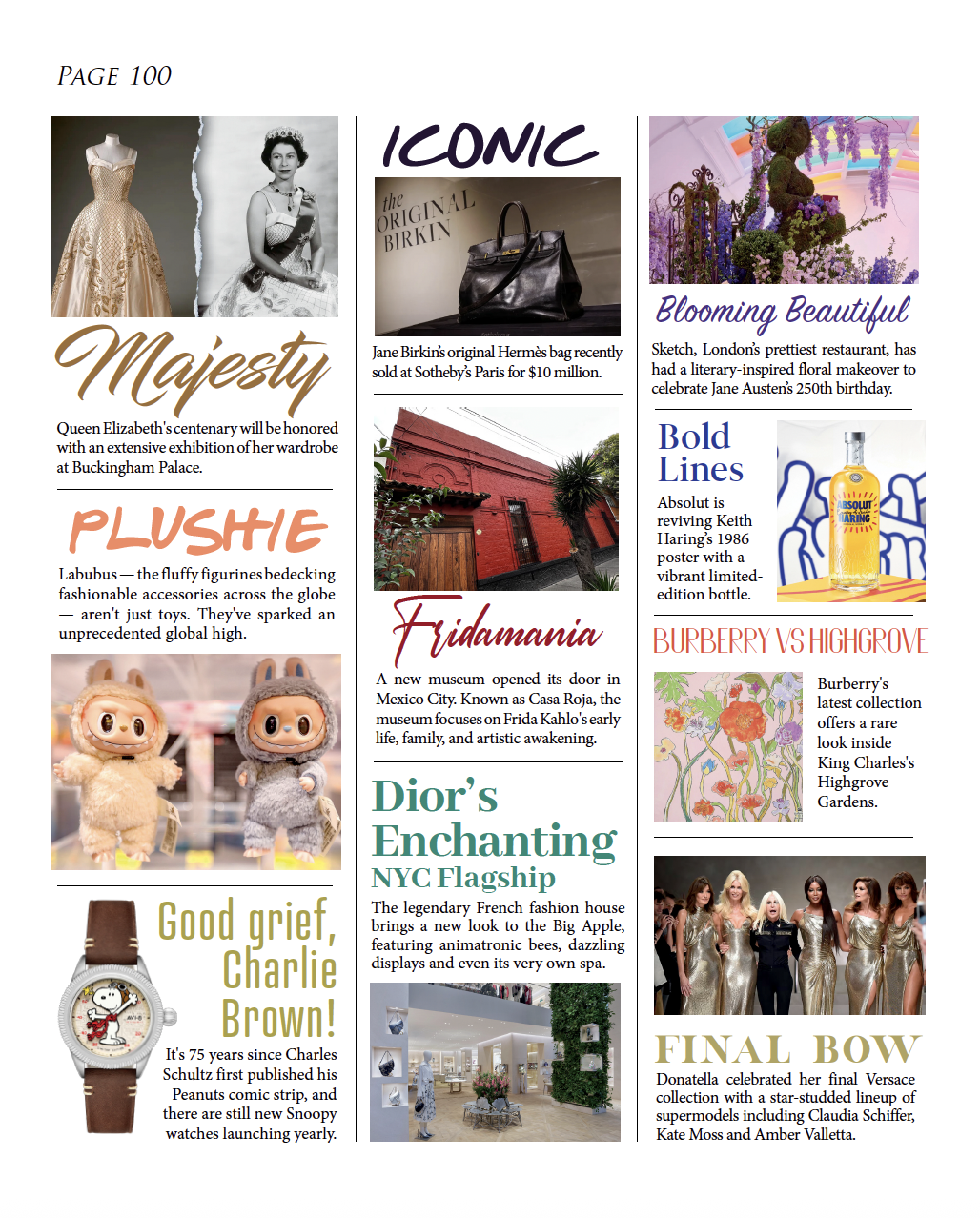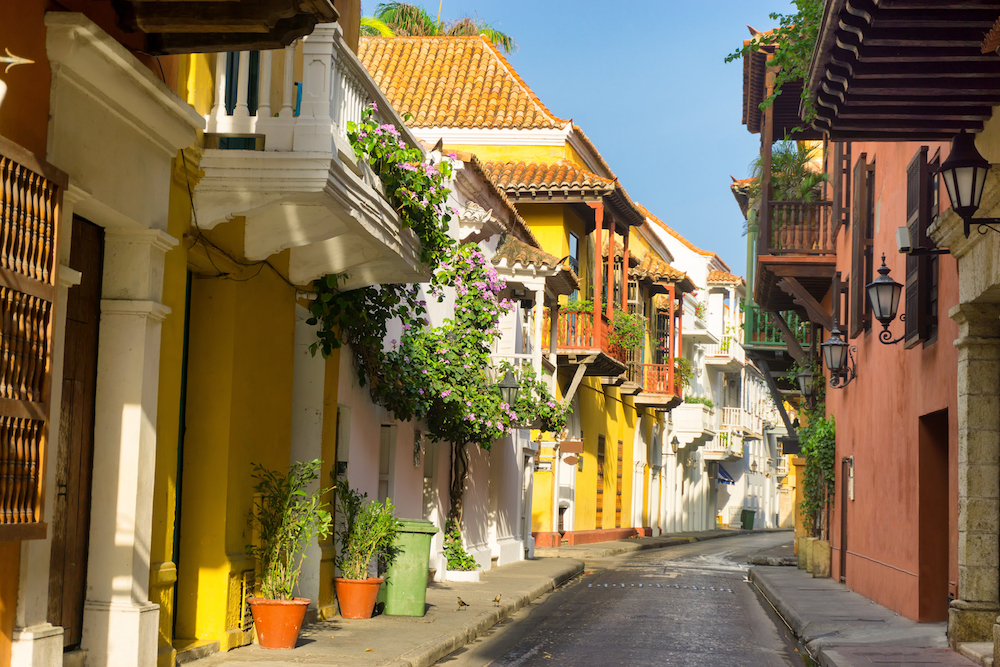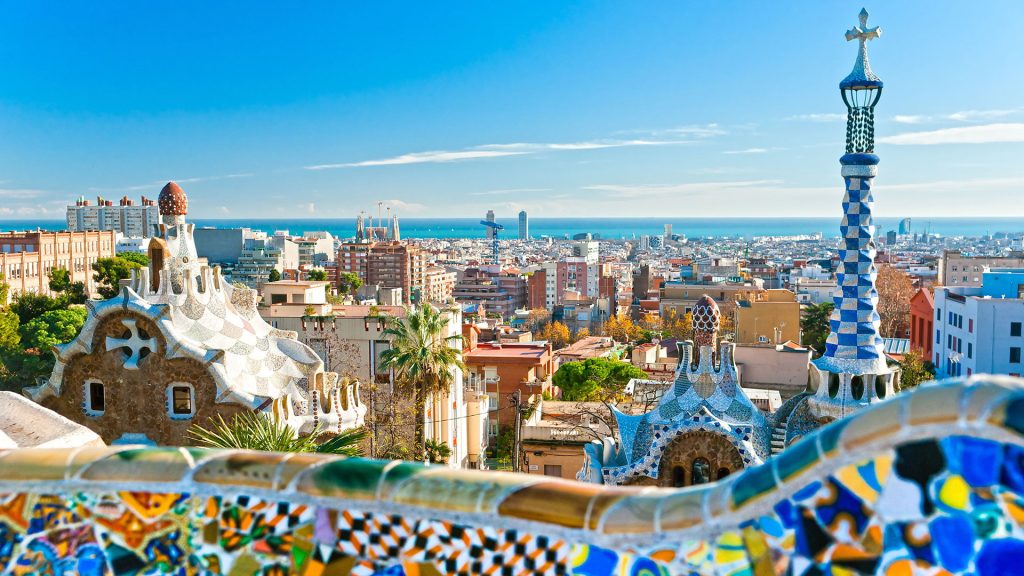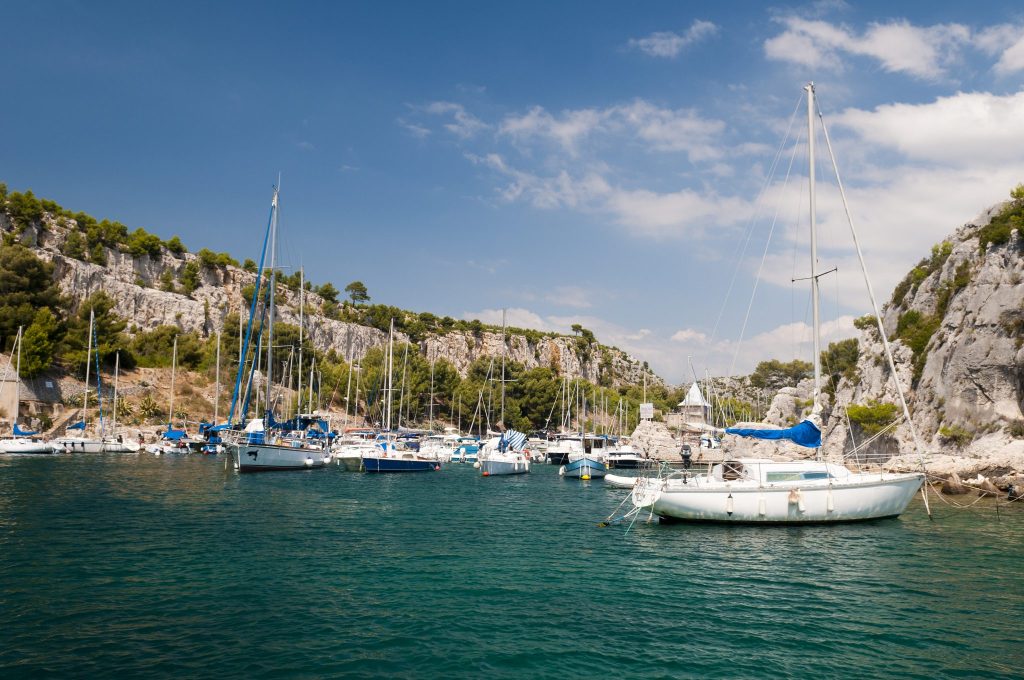As they say in New Orleans “Laissez les bons temps rouler!”
Several cities around the world host fabulously colorful Mardi Gras parades; parties, food, dancing and general raucousness appear to be the order of the day for millions of revelers. Not everyone celebrates for the same reason, or even in the same way, but traditionally Fat Tuesday is the last opportunity to indulge in rich, fatty foods before Ash Wednesday – the start of the Lent fasting period leading up to Easter.
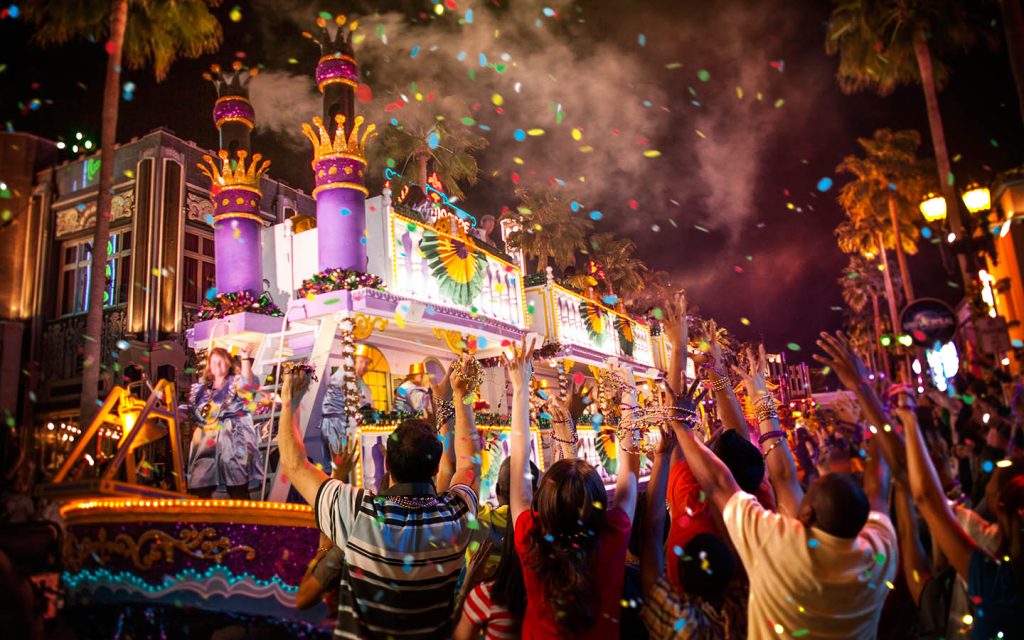
As often happens when a Christian celebration is attached to a traditional Pagan festival, Mardi Gras is known for strange costumes, food and alcohol in vast amounts, and indulgent behavior of every imaginable kind. Nevermind, though – there’s 40 days of fasting and abstinence coming up, more than enough time to think and repent!

While this is indeed how the world thinks of Carnival time, the organizers of Mardi Gras New Orleans have a slightly different vision; a family-oriented celebration involving an extravagance of music, parades, picnics, floats and excitement, with an emphasis on generosity, creativity and culture.

Mobile, Alabama – the original home of Mardi Gras in the United States, Mobile first celebrated Fat Tuesday in 1703. After a 150-year gap, Mardi Gras returned to Mobile, and it’s now the second largest Fat Tuesday carnival in the country.

Venice, Italy – Mardi Gras marks the culmination of the two-week long Venice Carnival. Venice is alive with activities, but the highlight of the festival is the Maschera Piu Bella contest in Saint Mark’s Square. A panel of judges announces the winner on Fat Tuesday.

Nice, France – Nice Carnival is the leading event on the French Riviera’s winter calendar. Traditional flower parades and petal-covered floats transform the city into a floral fantasy. Carnival lasts for fifteen days leading up to Fat Tuesday and features a variety of floats, musicians and dancers from around the world.

Binche, Belgium – The carnival officially starts on the Sunday before Ash Wednesday and concludes on Mardi Gras when masked men known as Gilles come bounding through the streets with brooms, throwing oranges into the crowds.
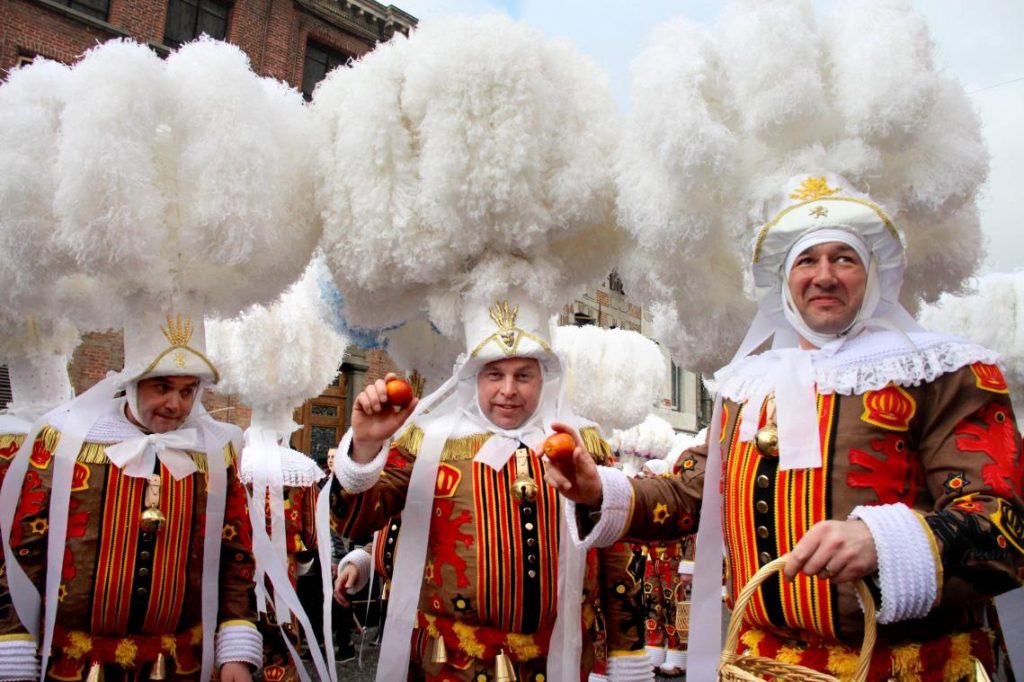
Rio de Janeiro, Brazil – probably the largest and most famous carnival in the world, Rio’s week-long street party is an explosion of sounds, colours, food and samba. Fueled by Brazil’s steamy climate, the carnival is a riot of mythical characters and bright colours as top samba schools compete for the championship title each year.

Sydney, Australia – Sydney’s Gay and Lesbian Mardi Gras, an annual LGBT pride parade draws crowds from around the world for a rainbowed Mardi Gras that spans three weekends and features drag shows, comedy, dance, live music, markets and food.

All dressed up and nowhere to go? Invite your friends or even the whole street of neighbours for an at-home Mardi Gras. Dress up in costumes or outfits in the traditional colours – green (symbolising faith), gold (power) and purple (justice). Add a little pizzazz with an ornately decorated mask. Bake a King Cake for your guests. Don’t forget to hide a tiny plastic baby inside – the person who finds it gets to bake the King Cake next year. And of course – throw those strings of purple green and gold beads … It is Mardi Gras, after all!



